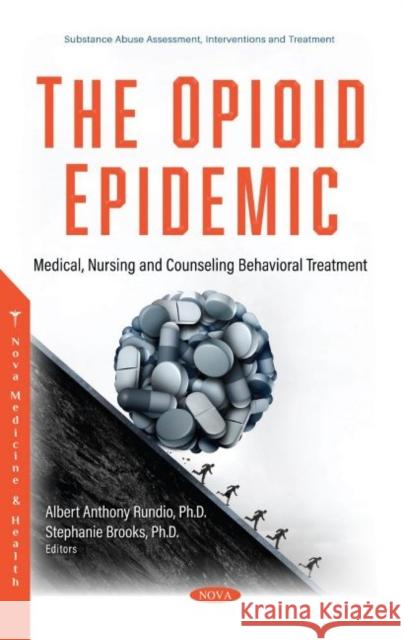Substance Use Disorders: Medical, Nursing and Counseling Behavioral Treatment » książka
Substance Use Disorders: Medical, Nursing and Counseling Behavioral Treatment
ISBN-13: 9781536182170
The Opioid Epidemic is one of the major events that has occurred in the United States during the past few years. Several factors have contributed to this epidemic. Accrediting bodies identifying pain as the 5th Vital Sign certainly addressed patient's pain but also accelerated the use of prescription narcotic pain medications as first line therapy rather than utilizing other types of pharmacologic agents that are not narcotics as well as trying other non-pharmacologic interventions such as holistic health modalities. Dependent upon the type of narcotic pain medication prescribed, patients can develop a dependence upon the medication which then leads to addiction. Purchasing such medications can be rather expensive. Many patients then turn to purchasing less expensive drugs, such as Heroin, off of the street. Compounding the problem today is that much of the heroin is tainted with other drugs, such as Benzodiazepines and Fentanyl. Fentanyl is far more potent than heroin. The end result is that many young people as well as older people are dying from overdoses. If someone is not available to administer Naloxone immediately the end result is death. There have been many strategies implemented by both the federal government and individual states governments to combat the opioid epidemic. Many states have implemented Prescription Drug Monitoring Programs (PDMP) that report the prescriptions for controlled substances that a patient purchases. Legislation has been passed to promote addiction treatment centers and medicated assisted treatment programs. Although there has been a noted decreased in opioid related deaths, there is still a long way to go to combat this epidemic. Care rendered to the patient with opioid substance use disorders needs to be interprofessional and inclusive of Medicine, Nursing, Counseling and other behavioral modalities. Such interprofessional care will yield the best treatment outcomes.











